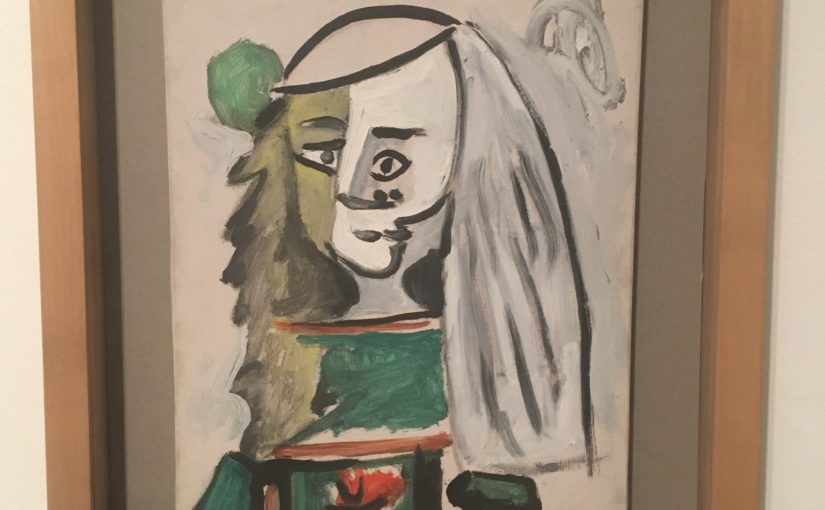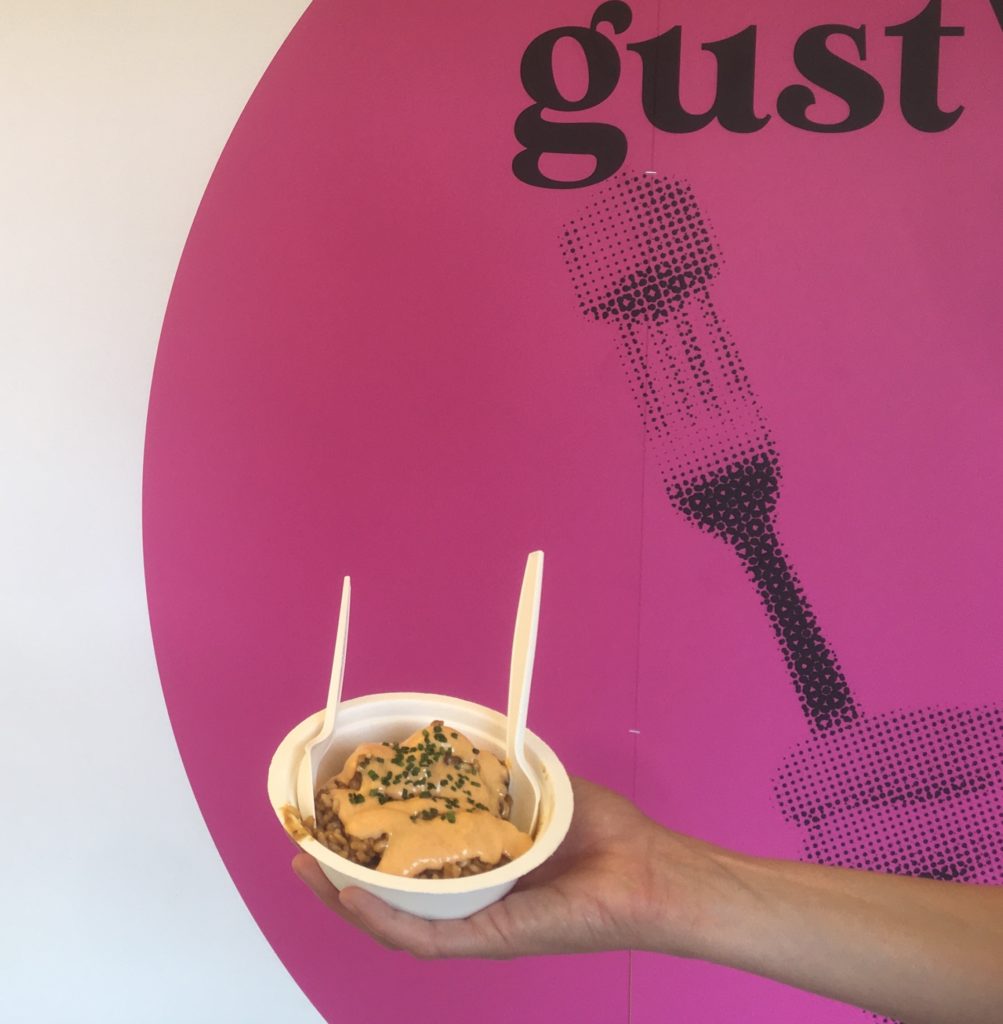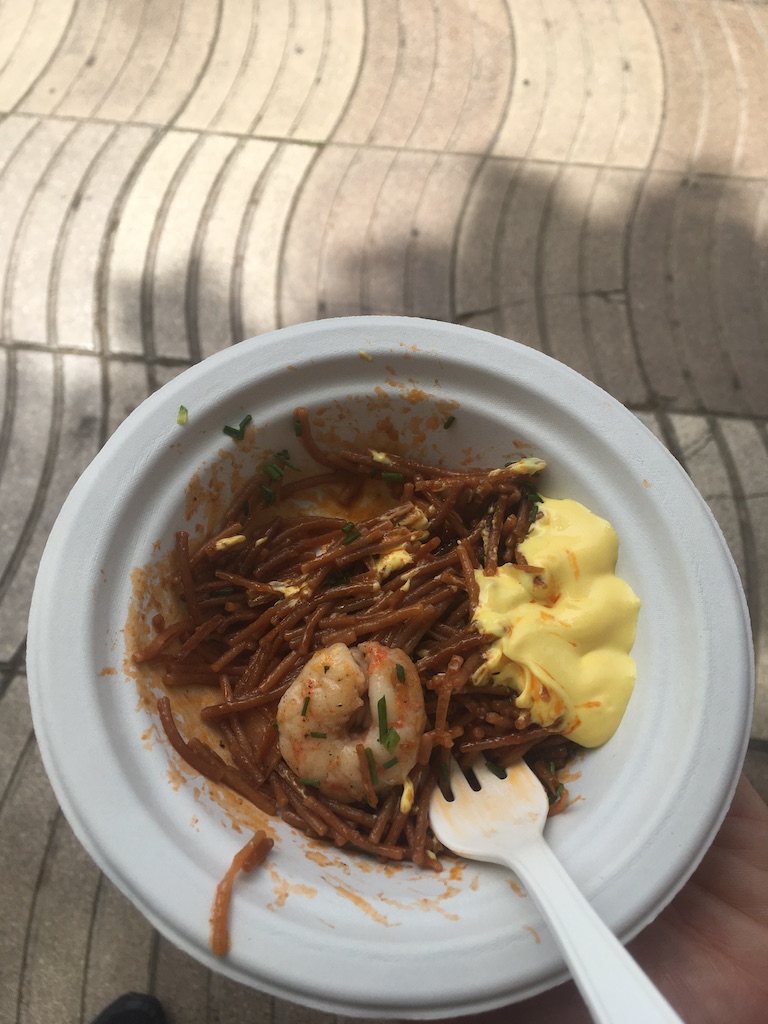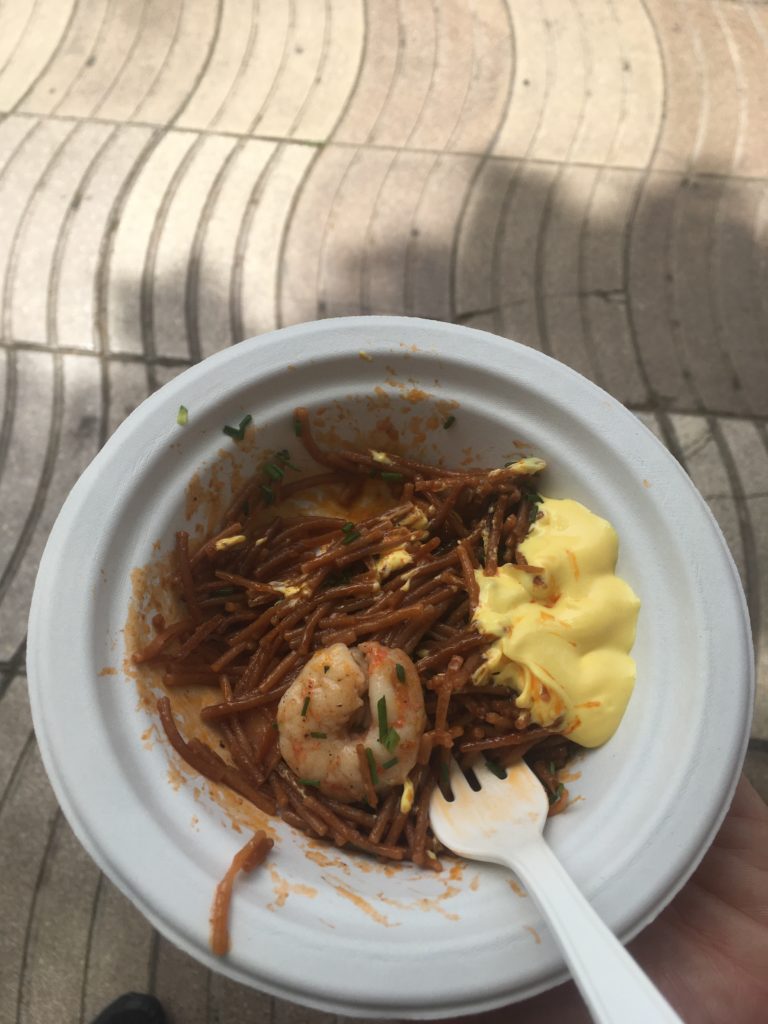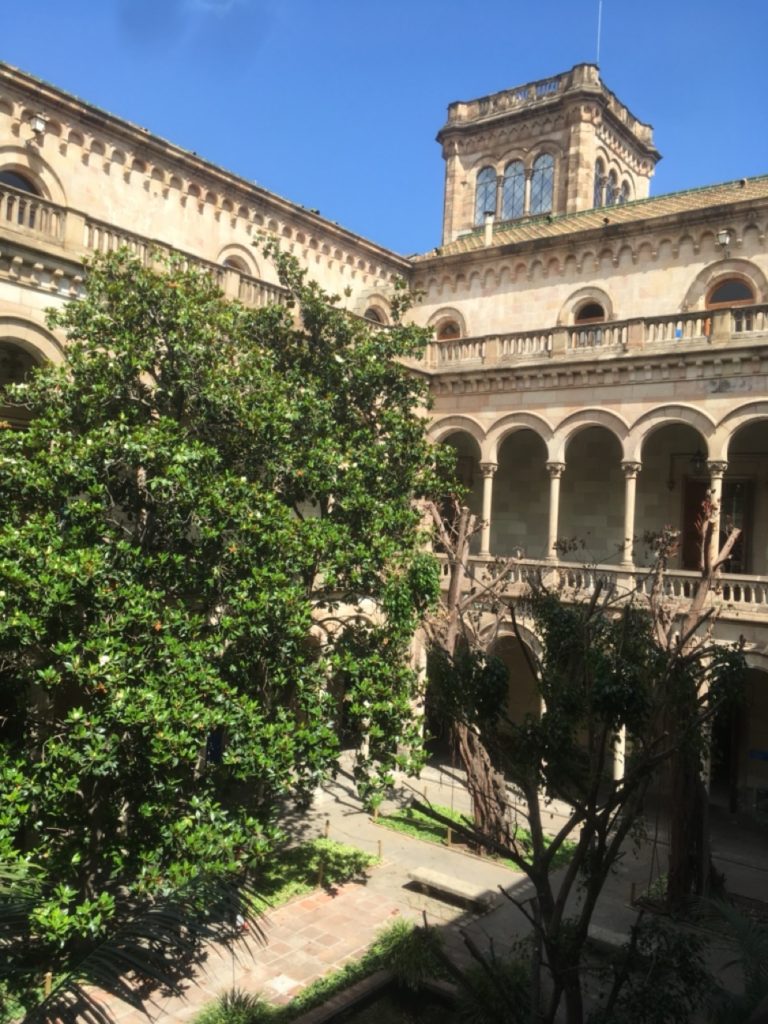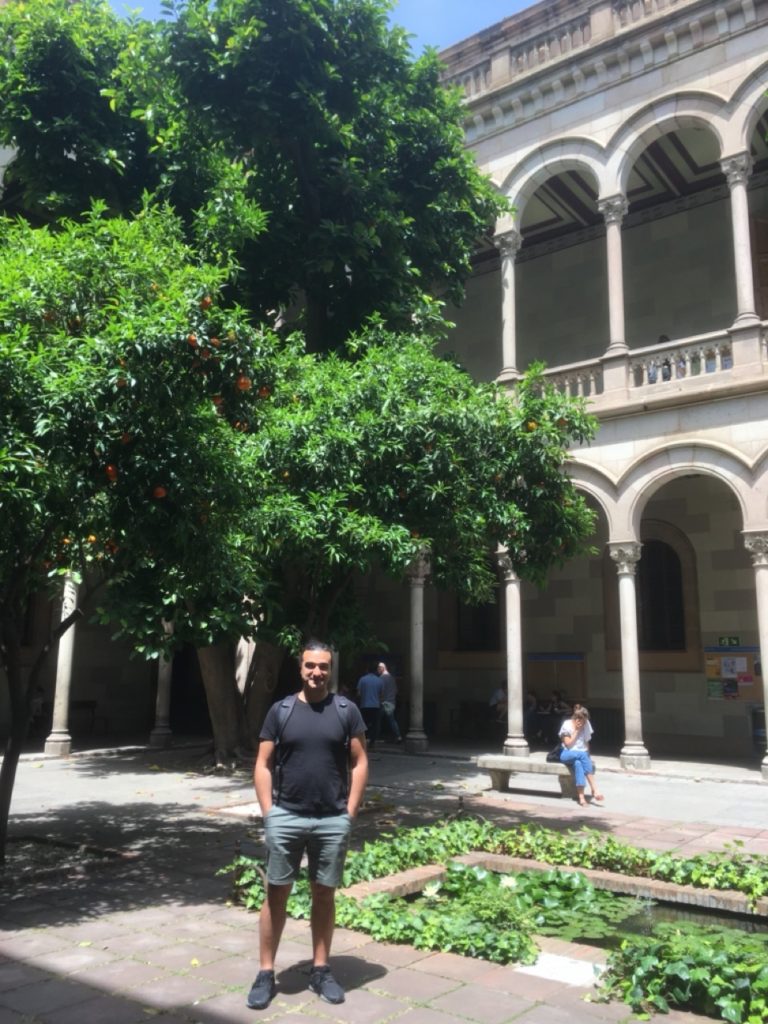During my last two weeks in Spain, I visited the museums exhibiting the work of three major Spanish modern painters: Pablo Picasso, Joan Miró, and Salvador Dalí. In this post, I will share my brief impression of their museums.
Pablo Picasso’s Museum is in the center of Barcelona, on Carrer Montcada, right by the Gothic Quarter. Picasso’s private secretary, Jaume Sabartes, opened the Museum in 1963 when Picasso was still alive. The Museum occupies five medieval mansions that are restored and turned into a gallery with numerous exhibition halls. The Museum presents the work of Picasso in chronological order. The highlight of the Museum, for me, was the “Las Meninas” collection. Picasso’s analysis and interpretation of Diego Velasquez’s famous painting from 1656.

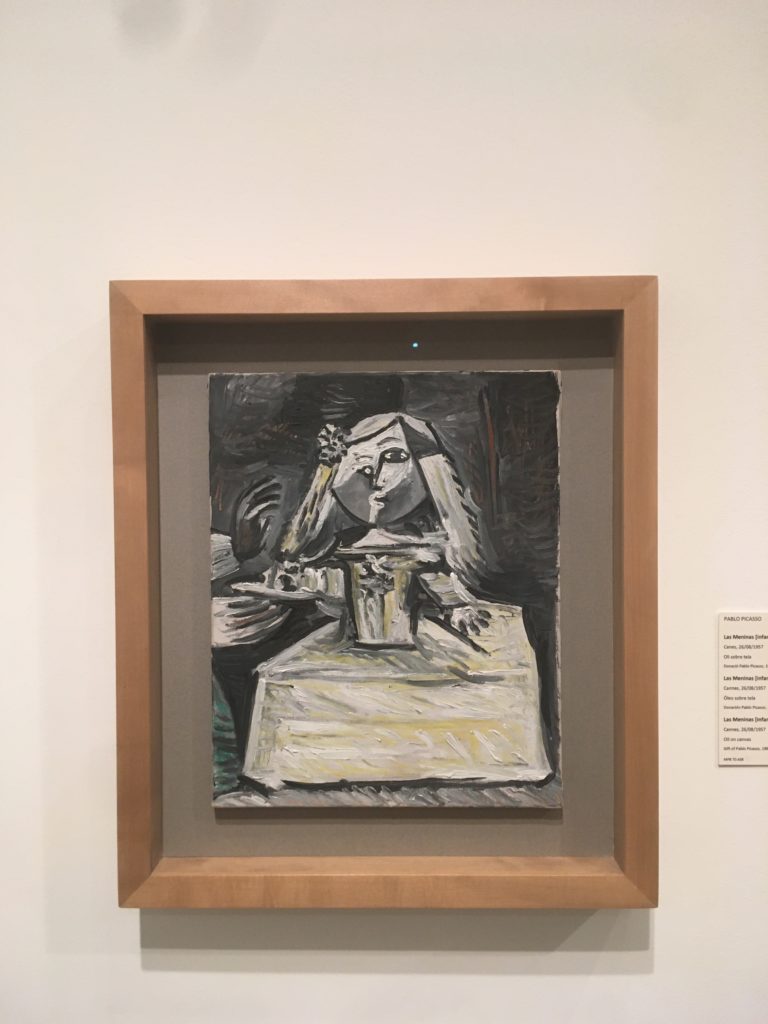
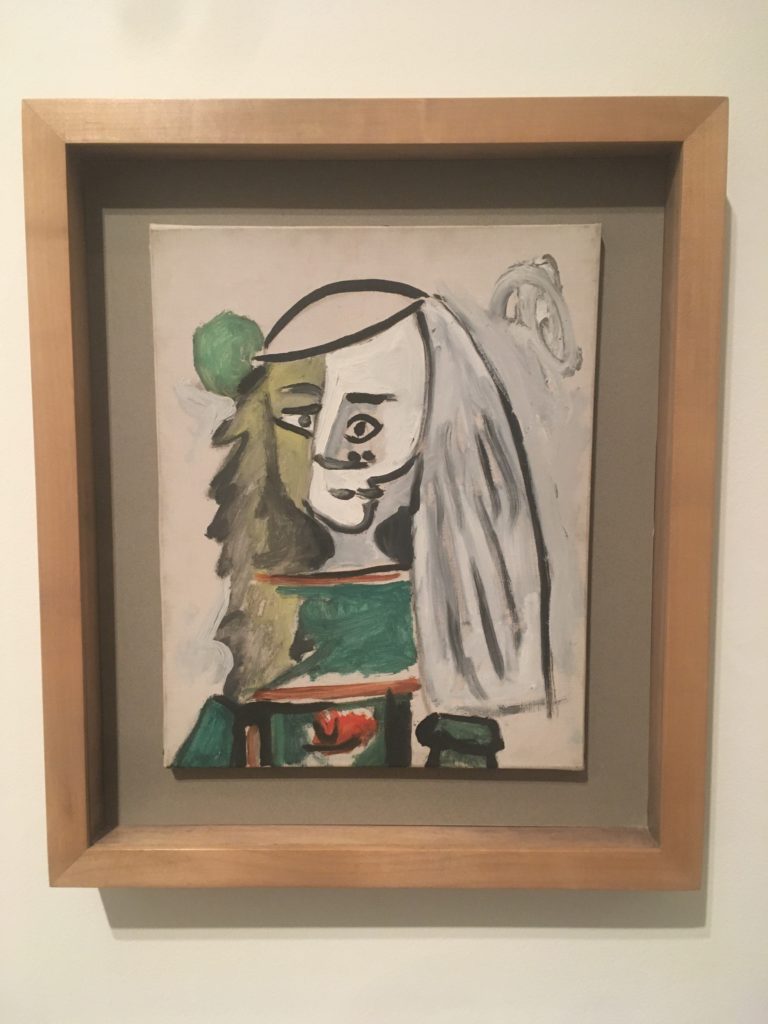
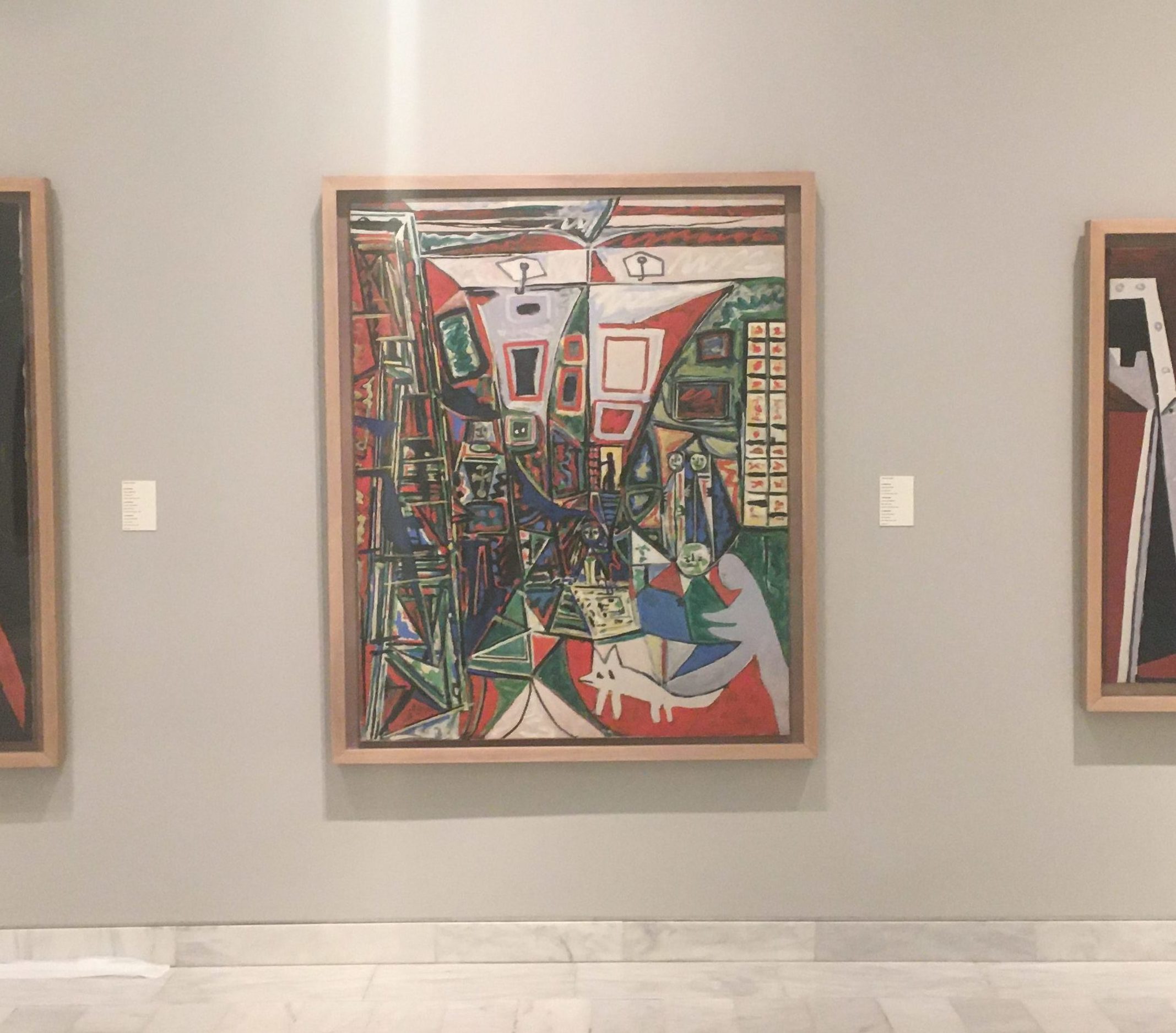
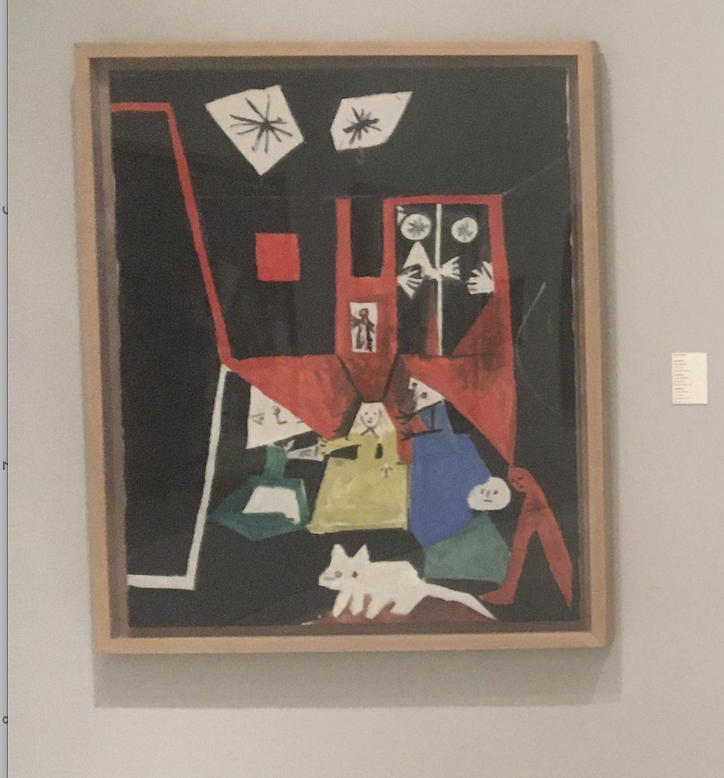
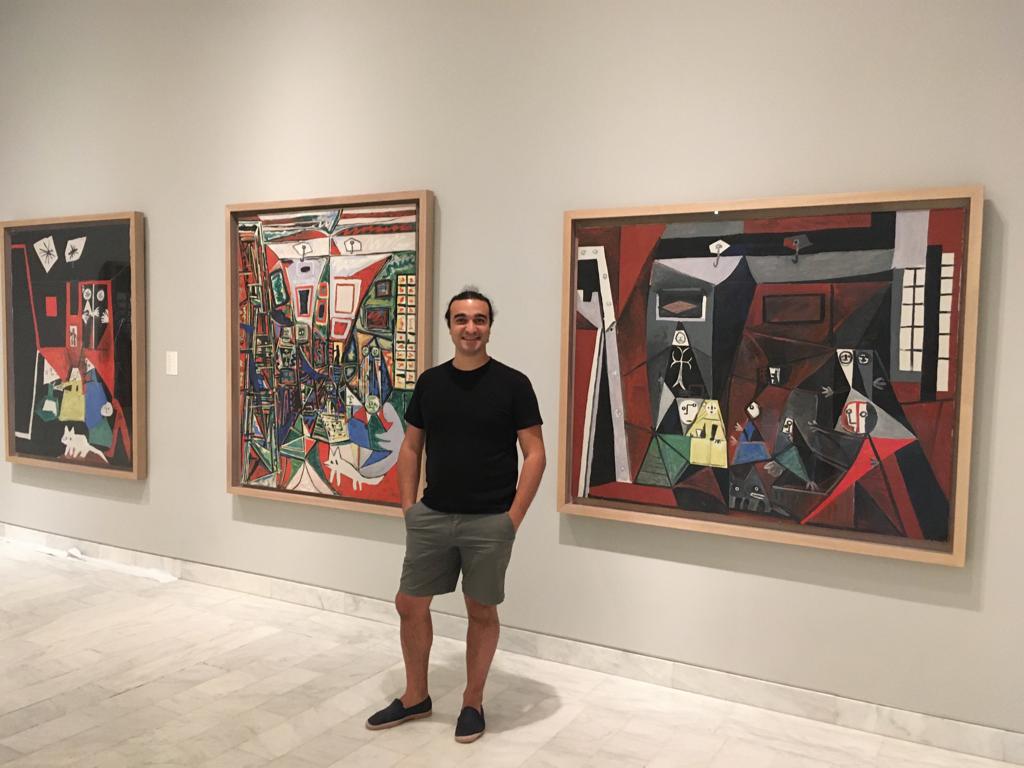
Joan Miro’s Museum is also in the city of Barcelona. Miro’s Museum is in Montjuic, on the upper part of the mountain, where the 1992 Olympic Games took place. The Miro Museum is slightly further away from the city’s touristic center. The Miro Museum has a stunning view of the city. The most remarkable feature of the Museum is that Joan Miro himself was the architect of the building. Miro designed large rooms with high ceilings to display his giant paintings and sculptures. The space and artwork interact with each other in a different way than all other museums I have ever visited.
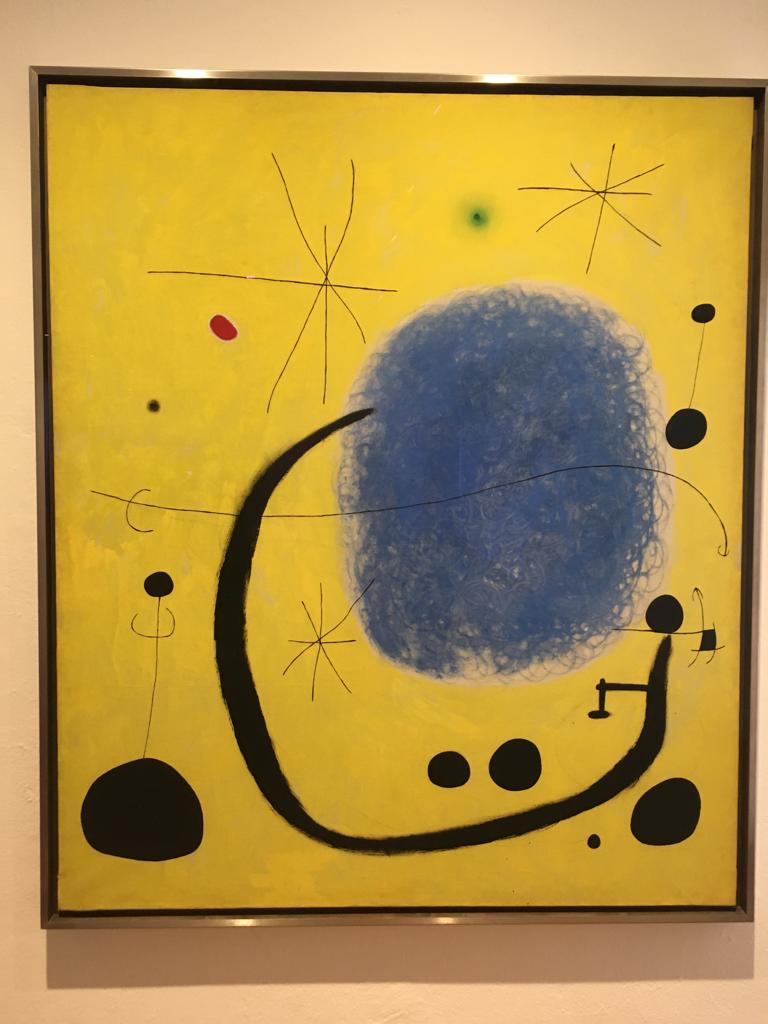
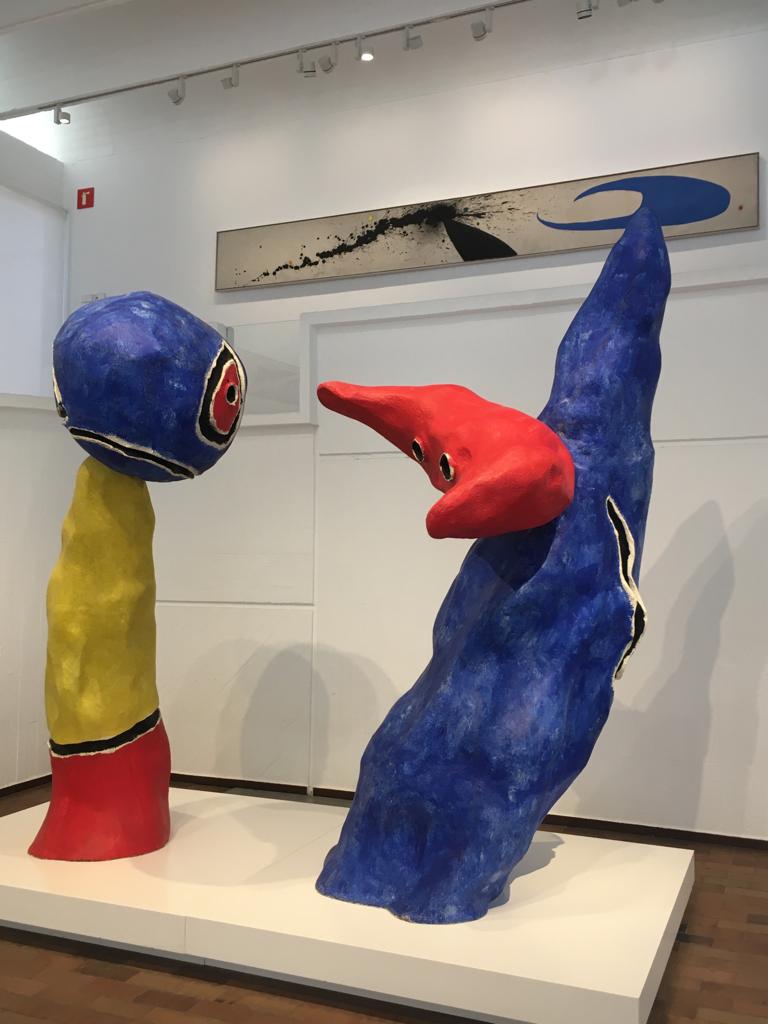
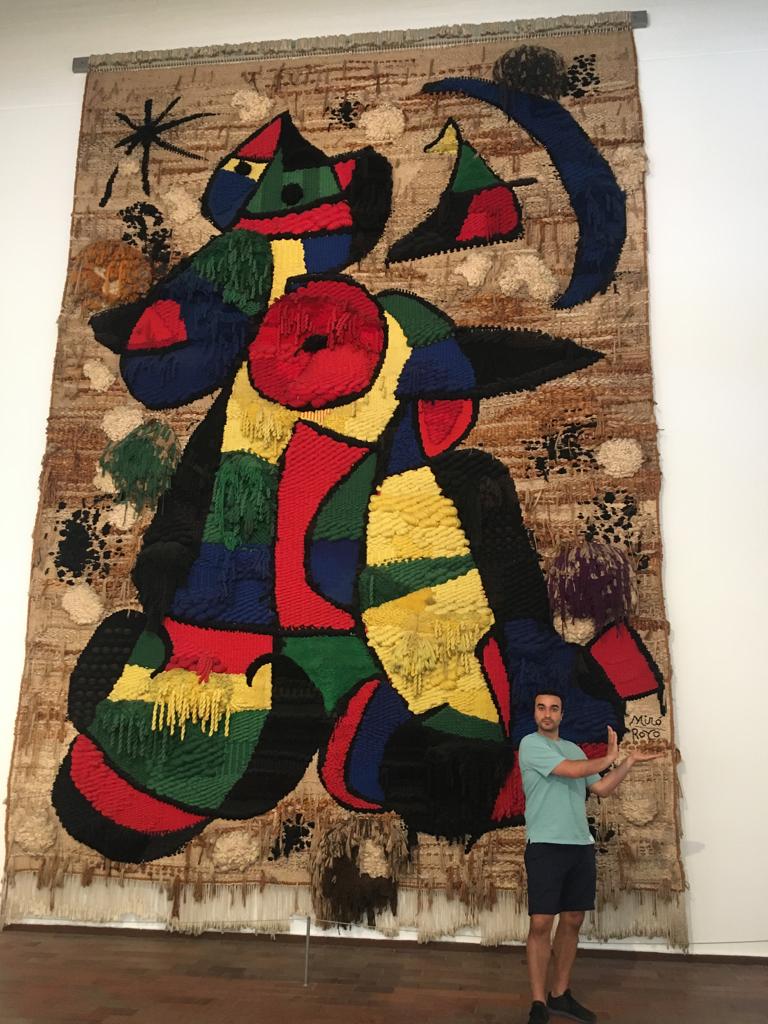
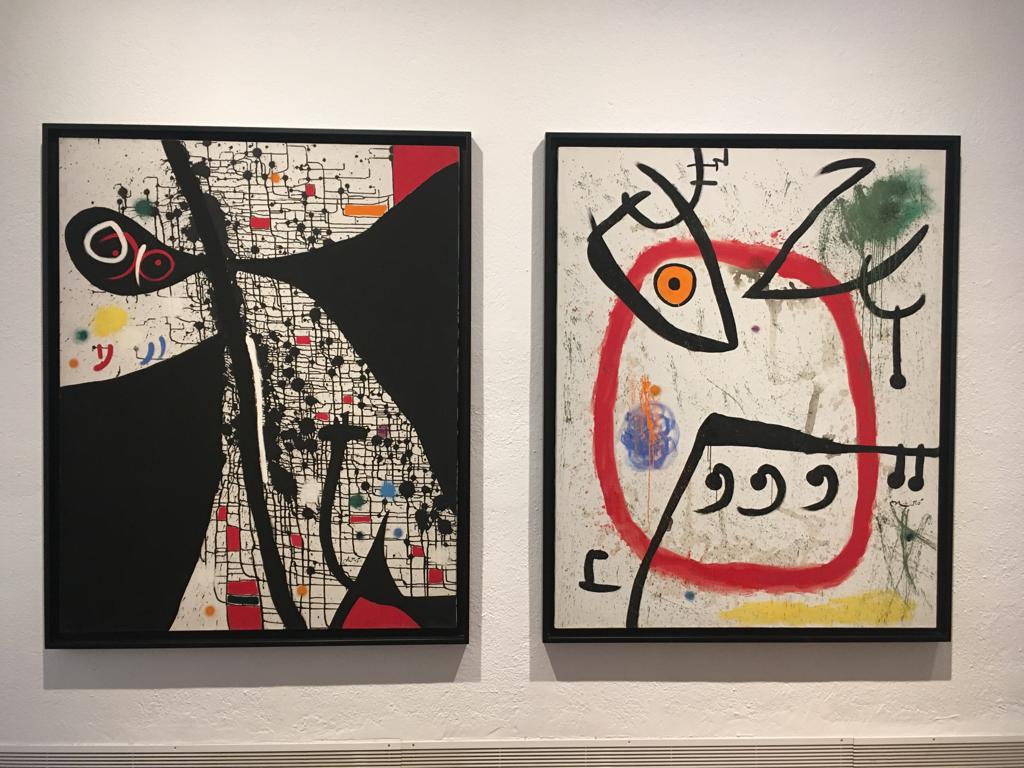
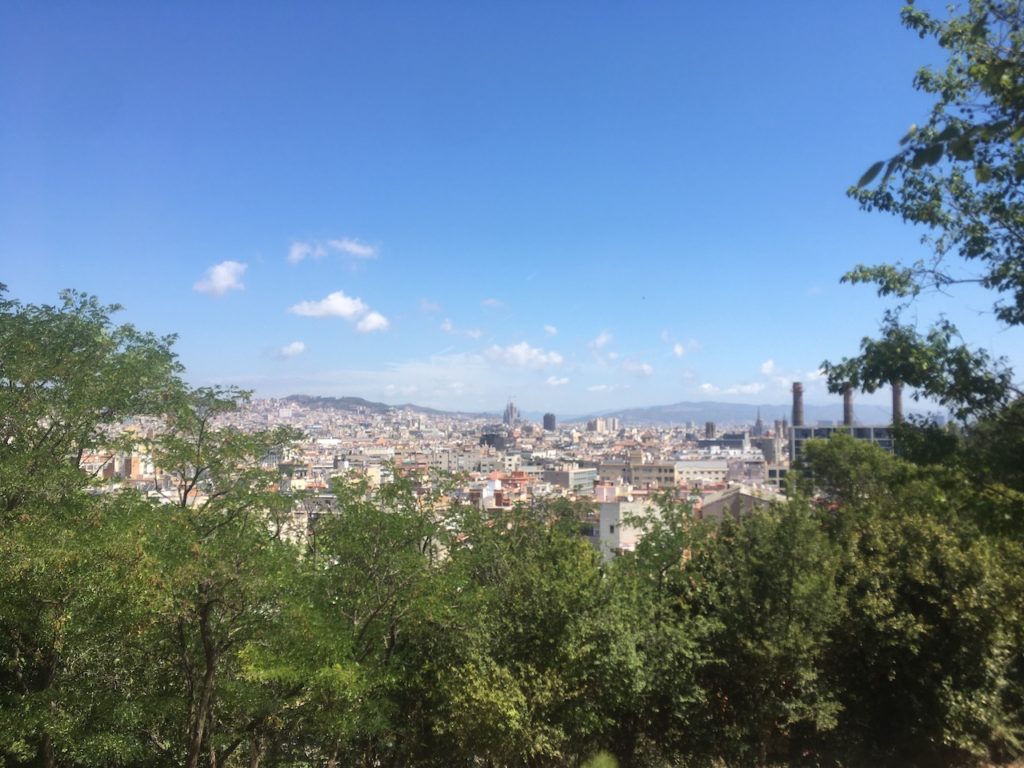
Salvador Dali’s Museum is an hour away from the city of Barcelona. Dali’s Museum is in his hometown, Figueres. The Dali Museum was formerly a theater. Dali himself led the restoration work to turn the public theater into Museum. The Museum’s exterior and interior mirror Dali’s character, humor, and artistic vision. The exterior of the Museum is decorated with egg-shaped sculptures. Each room in the interior offers a different atmosphere for each visitors’ own unique interpretation.
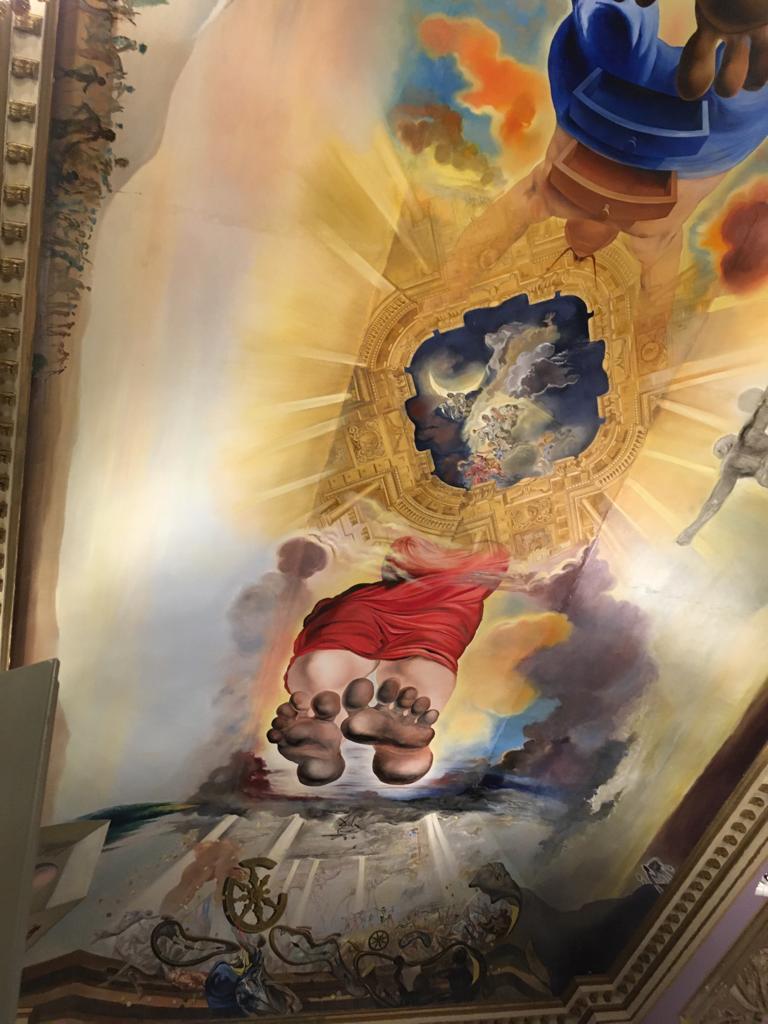
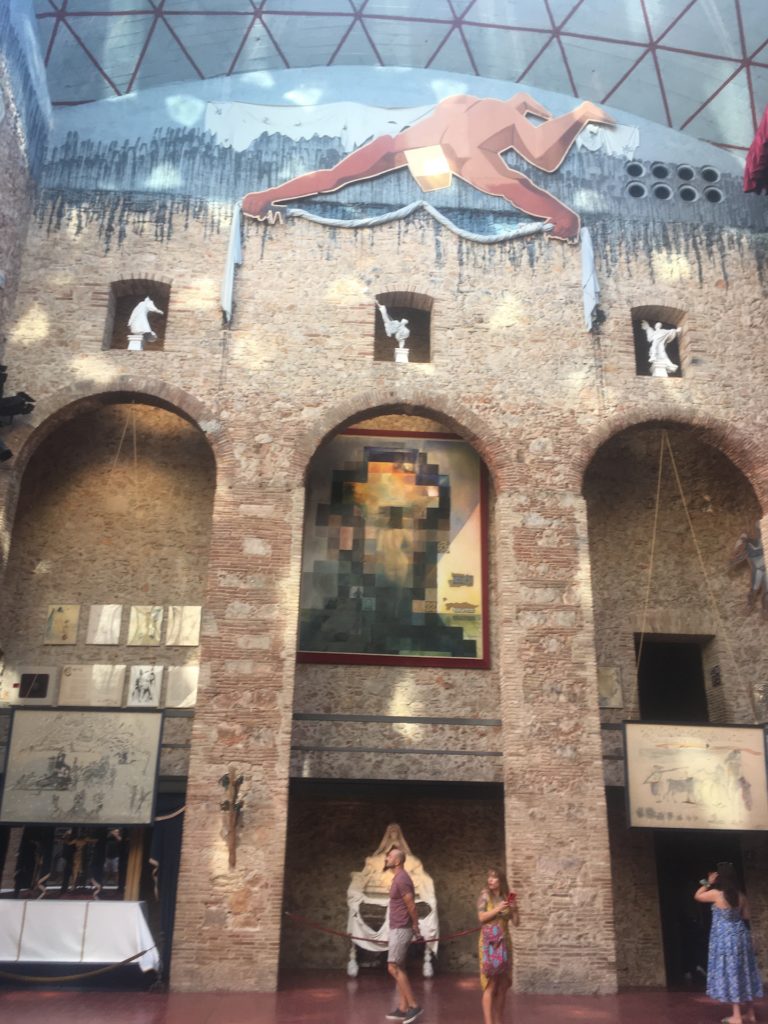
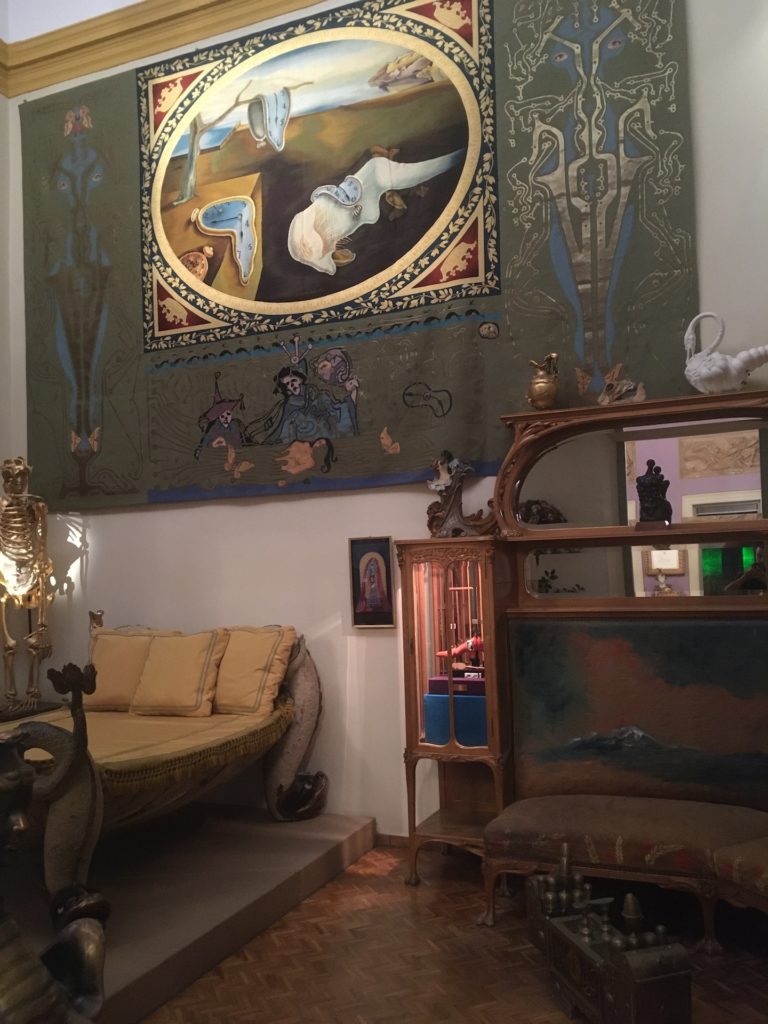
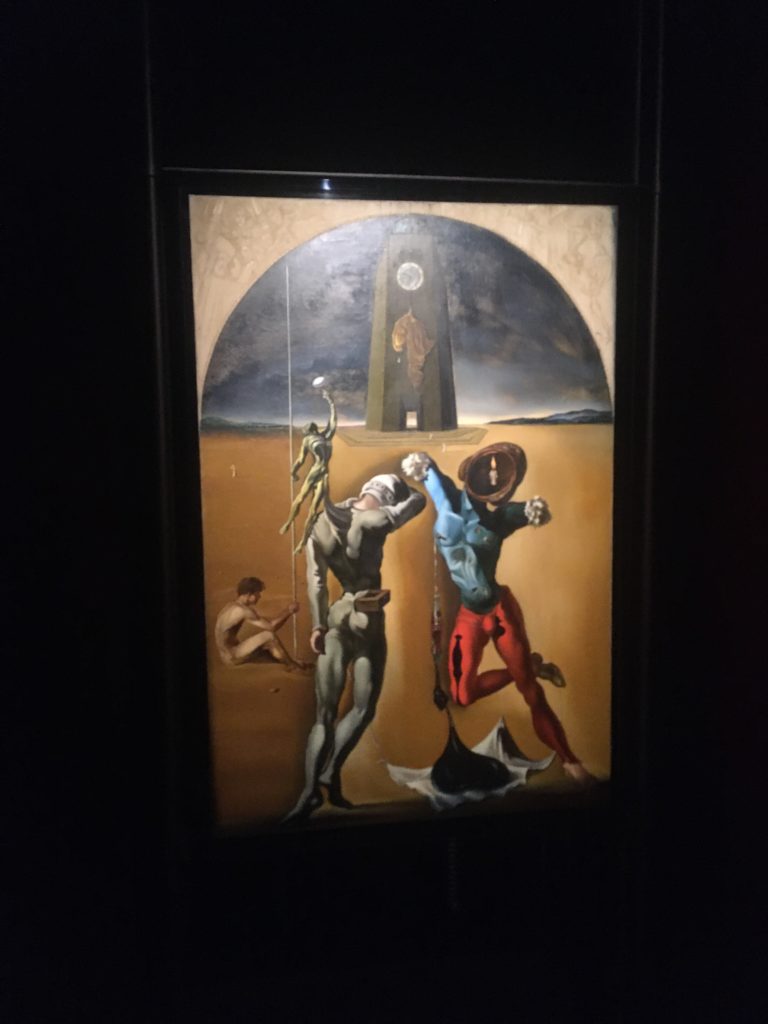
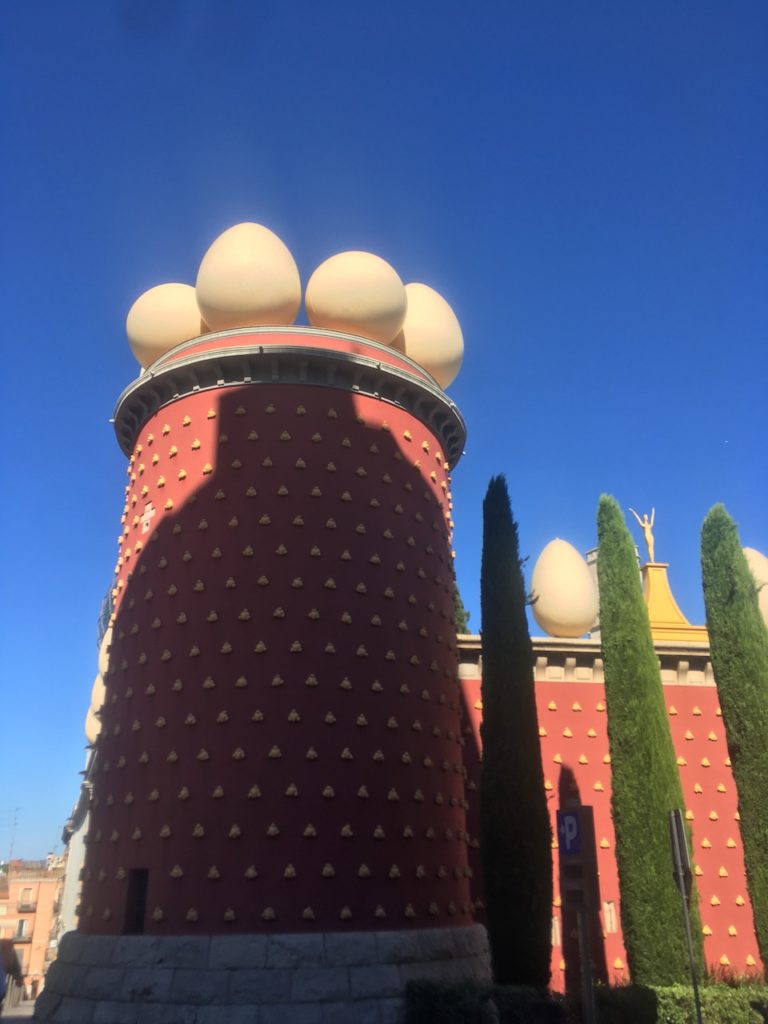
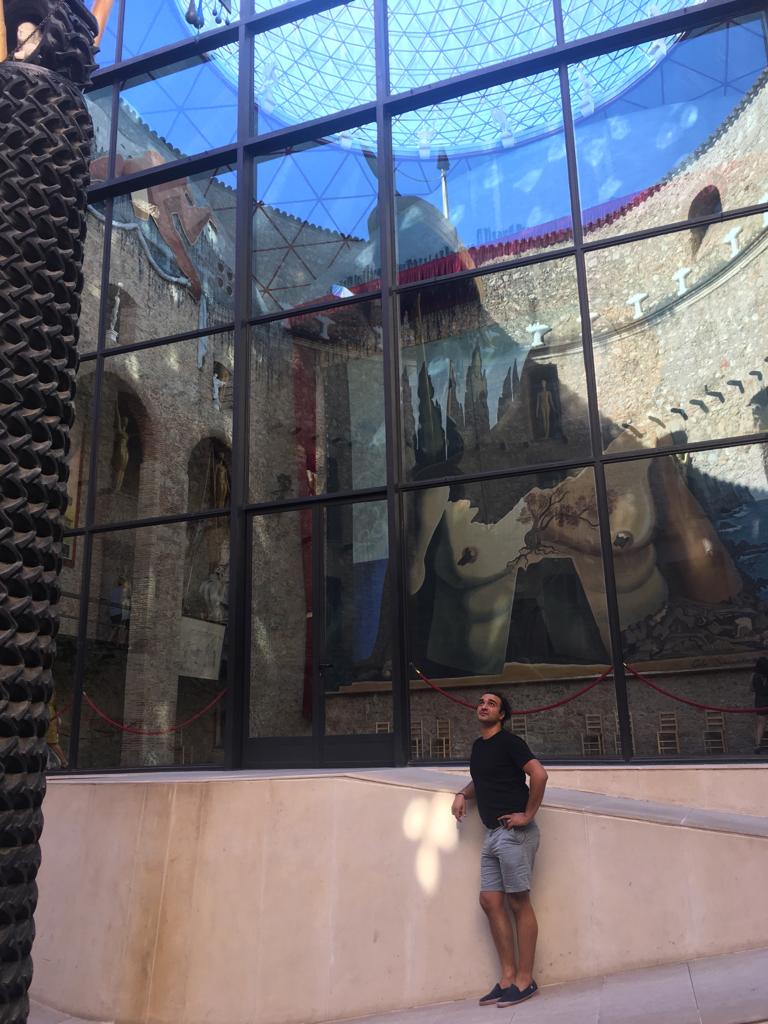
Visiting the Museum of these three major artists was a unique opportunity for me to understand the culture and political history of Spain and Europe. It was fascinating to see how World Wars and dictatorship impacted painters differently.
